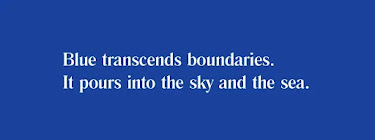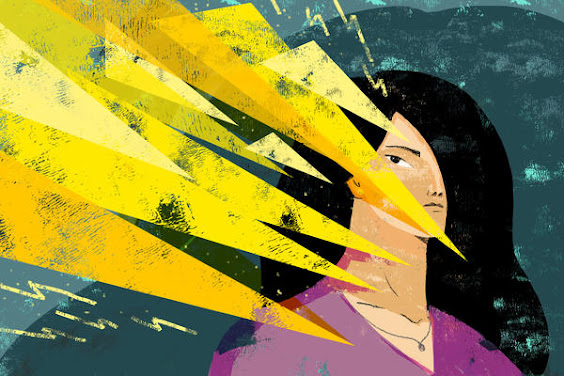Mastering Color Series – The Psychology and Evolution of the Color GREEN and its use in Photography

Spanish dramatist, poet and writer Pedro Calderón de la Barca once said “green is the prime color of the world, and that from which its loveliness arises”. From the perspective of a well-loved frog however, it’s not so easy being green. On the visible spectrum, green occupies the space between blue and yellow. In color theory, it is a secondary color, made by mixing blue and yellow together. Here, we’ll have a look at the evolution of green and its impact in art from antiquity to the present day. Take a quick test below to check your eyes for red-green color blindness . The psychology of green Green’s strongest psychological associations lie with the natural environment. The word green originates from the Middle English and Old English word grene, which has the same root as the words grass and grow. Many humans respond to nature, and thereby green itself, with a sense of calm and renewal. According to a recent study, exposure to green spaces in childhood can provide si...



